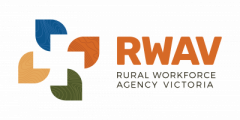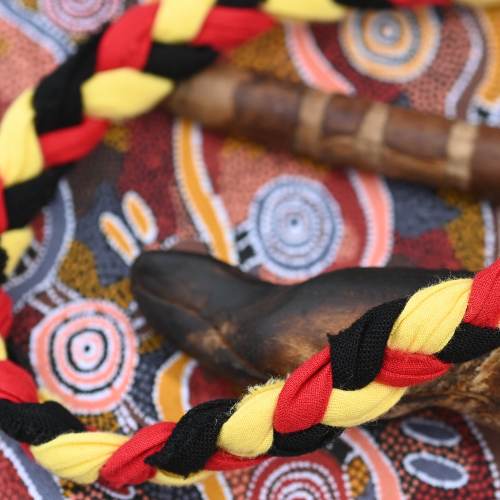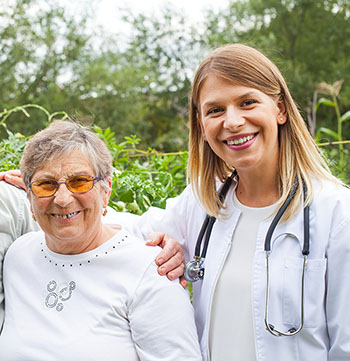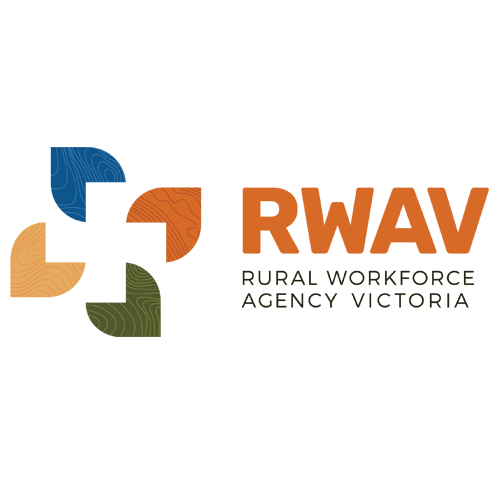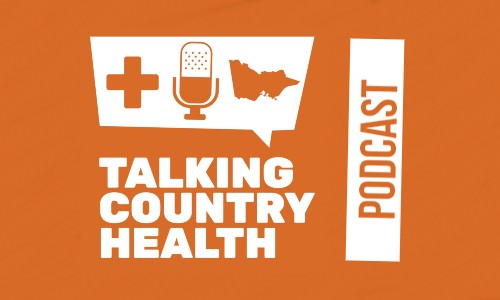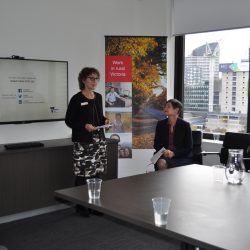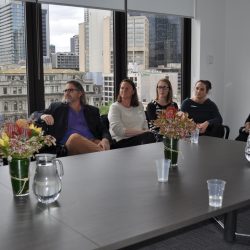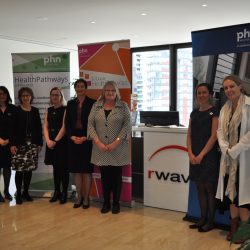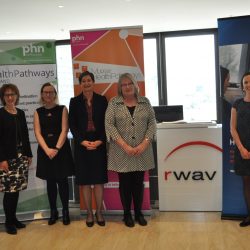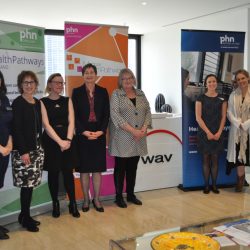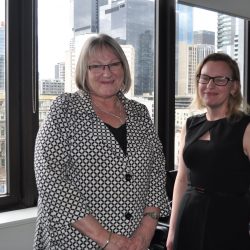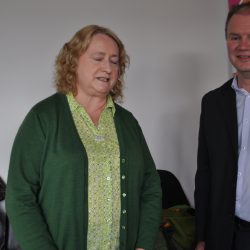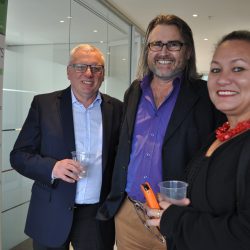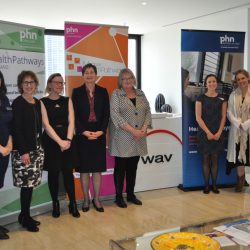 RWAV together with the Murray, Gippsland and Western Victoria Primary Health Networks launched the Eye HealthPathways at the RWAV office on World Sight Day the 12 October 2017. The Eye HealthPathways is a free web based portal designed for use during consultations to assist clinicians to navigate patients through what can be a complex primary, community and acute health care system. This will enable a more seamless patient journey and ensure rural Victorians obtain the most effective care at the right time in the most appropriate setting.
RWAV together with the Murray, Gippsland and Western Victoria Primary Health Networks launched the Eye HealthPathways at the RWAV office on World Sight Day the 12 October 2017. The Eye HealthPathways is a free web based portal designed for use during consultations to assist clinicians to navigate patients through what can be a complex primary, community and acute health care system. This will enable a more seamless patient journey and ensure rural Victorians obtain the most effective care at the right time in the most appropriate setting.
In 2016, more than 453,000 Australians were living with vision impairment or blindness. It is estimated that almost 85 per cent of all vision impairment will be among those aged 50 years and over and that the growing diabetes epidemic is also expected to dramatically impact Australian eye health. Importantly, 90 per cent of blindness or vision impairment is preventable or treatable.
Access to eye health is one of the key issues for rural communities. We have 1.4 million people living in rural Victoria and some regions have very poor access to ophthalmologists, optometrists and eye surgery.
The Chair of RWAV, Dr Ahmad says “ as a GP based in Sale for over fourteen years and working closely with rural patients to diagnose and seek treatment for various eye conditions, the Eye HealthPathways for doctors working in rural and regional communities is an invaluable resource”. It is intended to support GPs with diagnosis and most importantly provide access to information on local referral pathways. Having this information available online helps doctors to have this resource at their fingertips.
Utilising Commonwealth funding, RWAV’s Visiting Optometry Scheme has been able to increase access to eye health services to rural, regional and Aboriginal and Torres Strait Islander communities. The Rural Health Outreach Fund has enabled access to communities to see ophthalmologists across Victoria. These services are extremely important in ensuring early detection and treatment of eye disease.
The prevalence of blindness and vision impairment among Aboriginal people is three times that of non-Indigenous Australians. Having specific information, in particular for Aboriginal and Torres Strait Islander patients, enables the GP to provide their patients with access to appropriate pathways and services such as the Visiting Optometry Scheme, subsidised glasses and access to eye surgery, all of which will be very beneficial to both the patient and the GP. Being able to identify Aboriginal clients early and support them to access quality eye care will help to ensure they don’t “fall through the cracks” and also to “close the gap” in health inequalities between Aboriginal and Torres Strait Islanders and other Australians.
Links to the Eye HealthPathways
